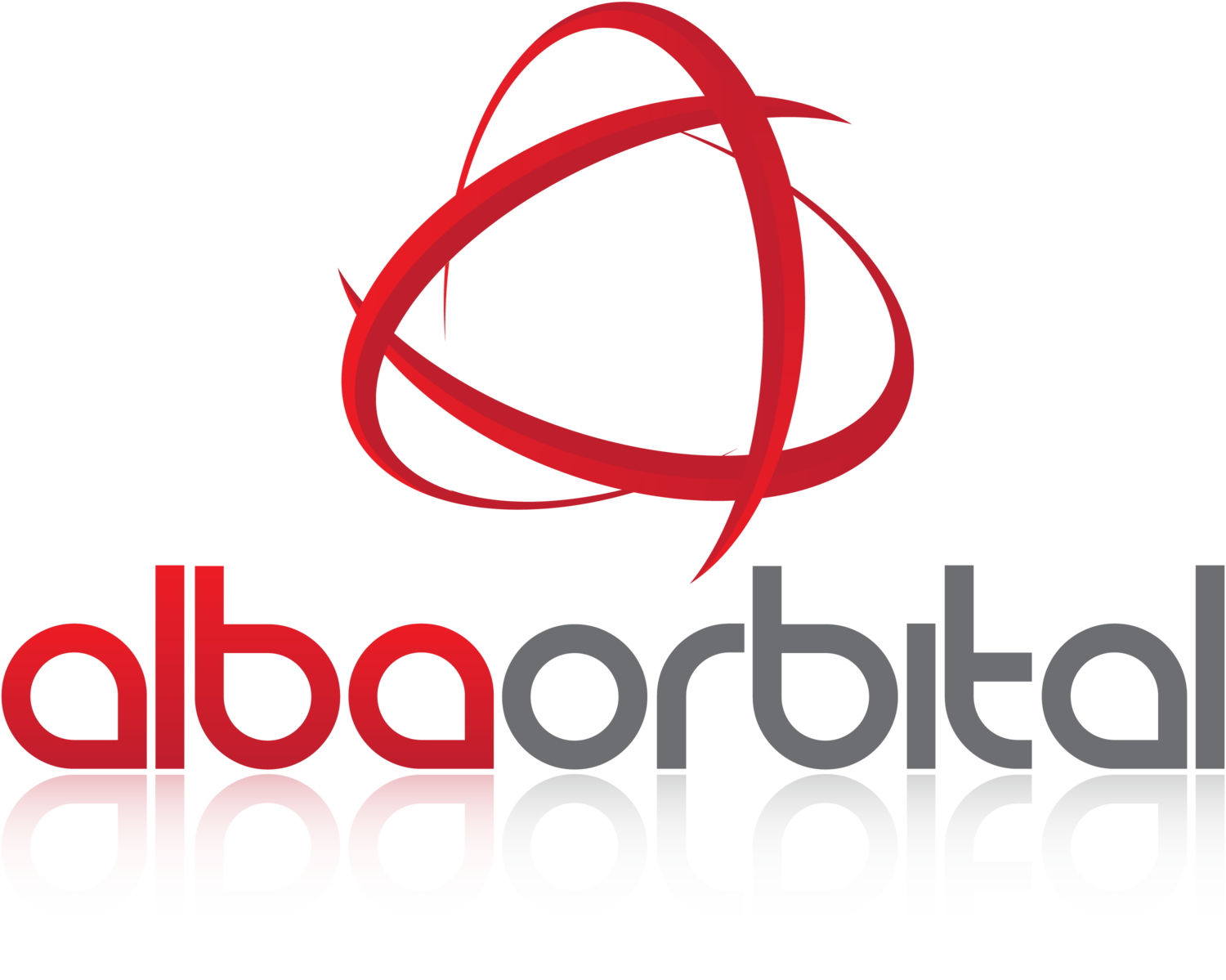Alba Orbital’s First Earth Observation pico-satellite phones home
Berlin, Germany - Alba Orbital today announces successful contact with Unicorn-2D, the first of the company’s flagship Earth Observation (EO) pico-satellites dedicated to monitoring artificial light at night (ALAN) across the globe.
The Unicorn-2D pico-satellite was put into orbit on a Falcon 9 rocket in January 2022, on board SpaceX’s Transporter-3 mission that launched a total of 105 customer satellites. Unicorn-2D serves as a technology demonstration mission for a larger constellation of night time imaging satellites expected to launch later this year.
Alba’s growing EO constellation of ‘Unicorn’ satellites are designed to provide high resolution imagery of the earth at night, tracking things such as light pollution, urbanisation, greenhouse gas emissions and energy usage from space.
The team have successfully decoded over 1000 packets of telemetry from the spacecraft so far, informing the team on the ground of the satellite’s health, temperature, and rotation rate during its time on-orbit. Once the spacecraft passes the commissioning phase, Alba will attempt to downlink imagery over the coming months, servicing early commercial adopters and governmental customers via the ‘Night Lights Early Access’ program.
One of Alba’s ‘Night lights’ data users, an insurance tech firm called McKenzie Intelligence Services, stated that ‘Alba Orbital's high-resolution night-time imagery will support us in providing even more high-fidelity analysis of global perils. For example, during future incidents similar to the Texas freeze which caused $15bn in insured losses, we will be able to rapidly identify those properties without power and therefore most susceptible to internal damage’.
‘This is a dream come true to finally get our first Earth Observation Unicorn spacecraft operational in orbit.’ said Tom Walkinshaw, Founder and Chief Executive of Alba Orbital. ‘It demonstrates Alba’s technical abilities to design, build, test, launch, deploy and operate a commercial PocketQube in orbit for data customers, opening a new era of space opportunities for Pico-satellites. We can't wait to get more Unicorns up there!’
Alba Orbital’s next mission, ‘Alba Cluster X’, is due to launch from New Zealand via Rocket Lab’s Electron launch vehicle in NET Q2 2022. Four satellites are currently manifested on board the Alba Cluster X flight including Unicorn-2F and three 1p PocketQubes on behalf of Alba Orbital’s rideshare client, ACME AtronOmatic / MyRadar, who plan to launch a 250-satellite weather data constellation. You can follow along Unicorn-2d’s journey through space here https://www.satflare.com/track.asp?q=51032






